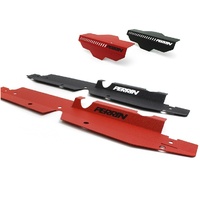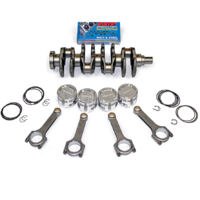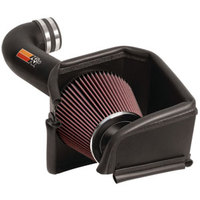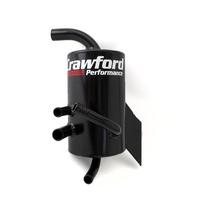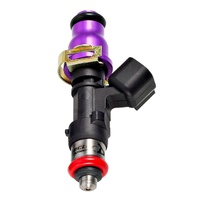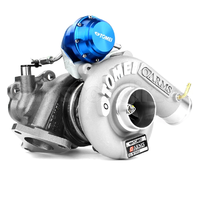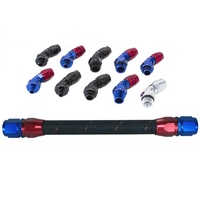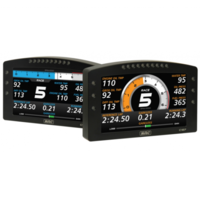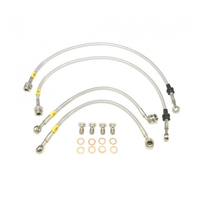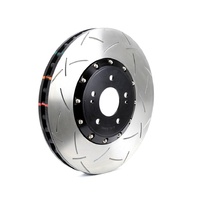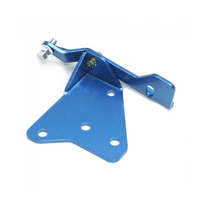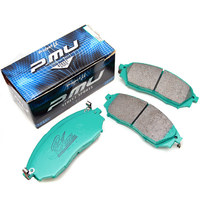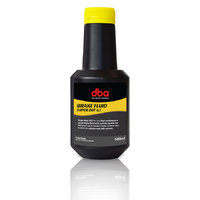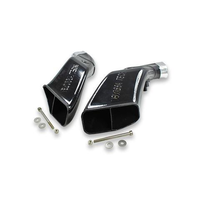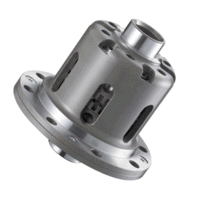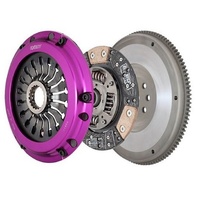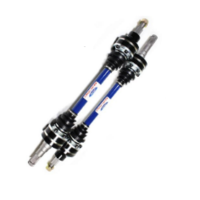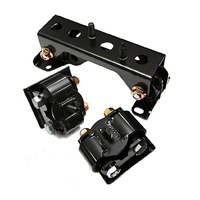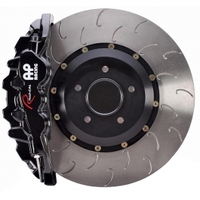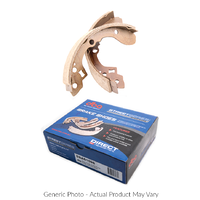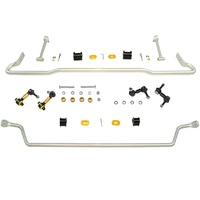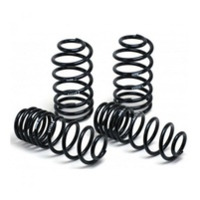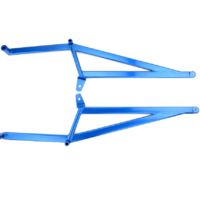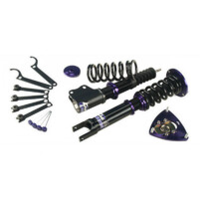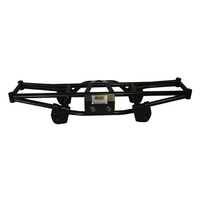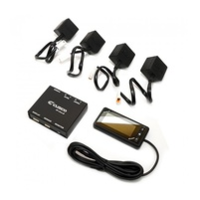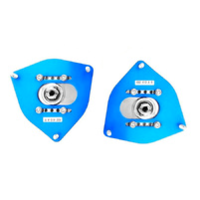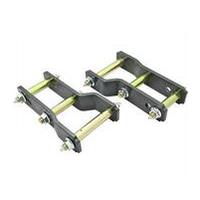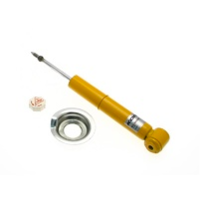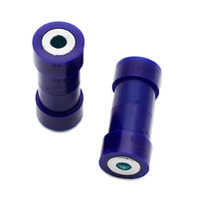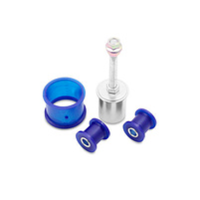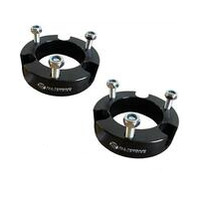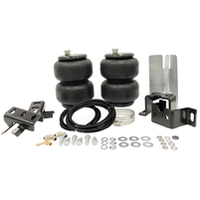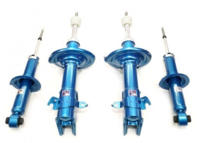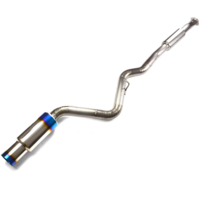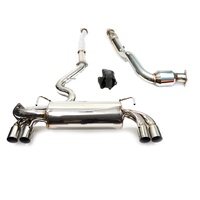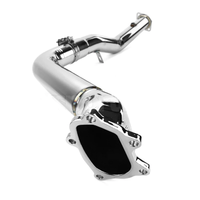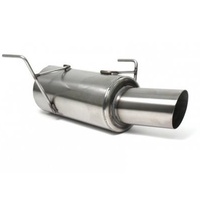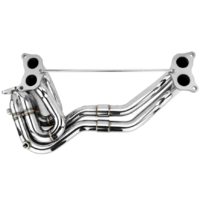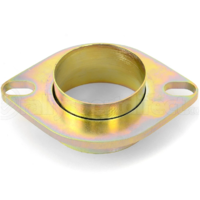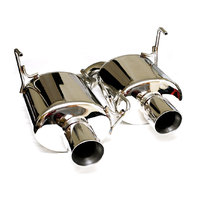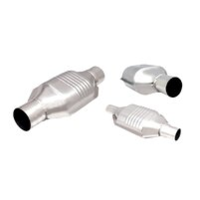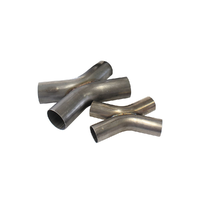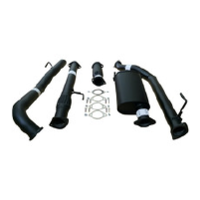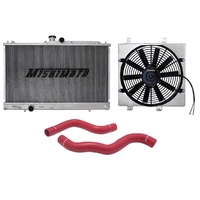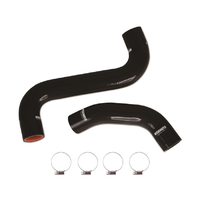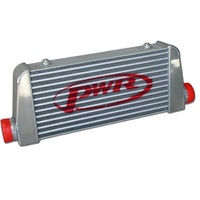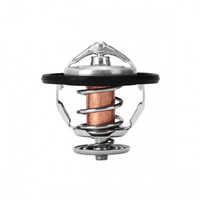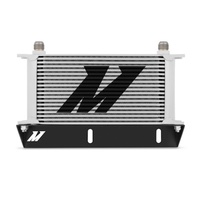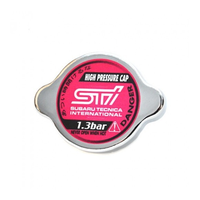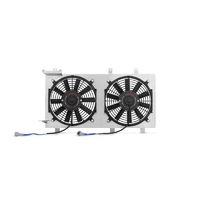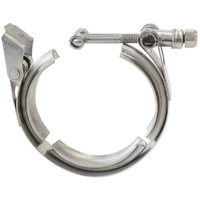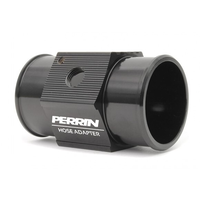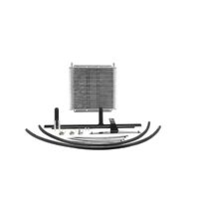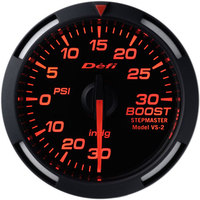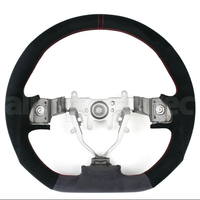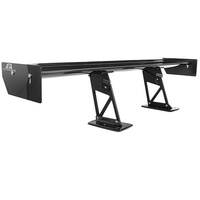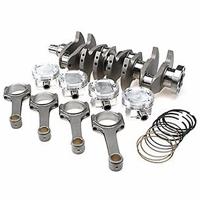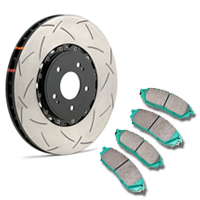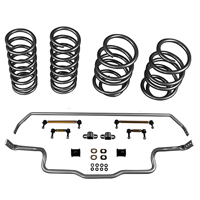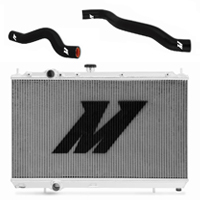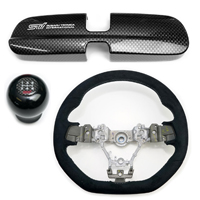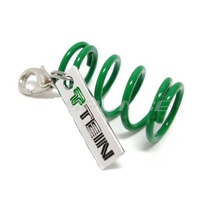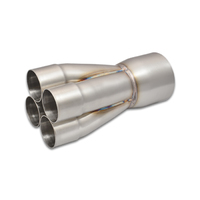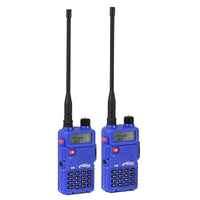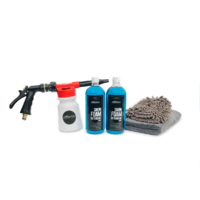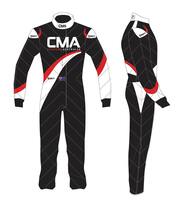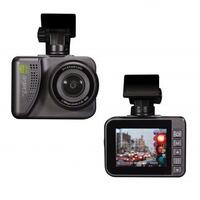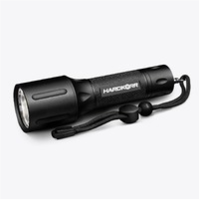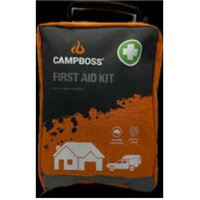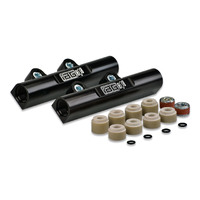Can't Find What You're Looking For?
If you're looking for something in particular, we can help. Drop us a line using the button below.
Submit A RequestWhy Buy From Us?
- Australian Owned
- 100% Fitment Guarantee
- Genuine Quality Brands

Shop now. Pay Later. Interest Free.
Make 4 interest-free payments of $60.00(US $40) fortnightly and receive your order now. More info

Enjoy Now, Pay Later
Description
The opening and closing of fuel injectors creates pressure pulses in the fuel rail which can lead to unstable fuel pressure. In order to achieve a safe and consistent rail pressure, a fuel pulse damper (FPD) is often necessary. The FPD's internal diaphragm will absorb oscillating pulses and stabilize fuel pressure. This correction can be measured throughout the RPM range and can often help idle surge, especially with high flow injectors. Furthermore, a fuel pulse damper can help solve erratic lean air/fuel ratio spikes, commonly experienced as "stumbling", that are difficult to tune out.
Many high performance OEM engines use an in-line fuel pulse damper from the factory including the Toyota 2JZ-GTE, Nissan VQ35DE, and Subaru EJ20/EJ25. The use of an inline damper is great for applications where there is not an option for direct fuel rail mounting.
What makes Radium FPDs unique?
Along with having the flexibilty of using common fittings, Radium Engineering FPD's use a vacuum/boost reference port which allows for proper fuel pulse damper performance even at elevated fuel pressures. This becomes essential for boosted systems that use a 1:1 rising rate fuel pressure regulator.
What is the difference between FPD-R and FPD-XR?
At 1.98" tall, the FPD-R (green top) is slightly shorter than the 2.60" FPD-XR (black top) allowing it to be used in space-contrained applications.
Which damper do I choose?
The FPD-R (Fuel Pulse Damper-Range) and FPD-XR (Fuel Pulse Damper-Extra Range) both have unique base "static" fuel pressure requirements:
FPD-R base pressure requirement = 40 - 70psi (static)
FPD-XR base pressure requirement = 40 - 120psi (static)
Base pressure is the fuel pressure measured when the fuel pump is running WITHOUT a vacuum line connected to the regulator.
IMPORTANT: The ranges above are base static fuel pressures only. Any dynamic fuel pressure created by a rising-rate FPR outside of this range is acceptable, but only when the base "static" fuel pressure is set within these ranges and the vacuum/boost reference line is connected.
Example 1:
Vehicle: Mitsubishi EVO
OEM Base Static Fuel Pressure: 43.5psi
Boost Pressure: 30psi
Rising Rate Pressure Regulator? Yes
Can I use a FPD-R? Yes. Even though fuel pressure is 73.5psi at full boost, the FPD-R will work because the base static pressure was set within the 40-70psi requirement. However, the vacuum/boost reference line must be installed.
Can I use a FPD-XR? Yes. Also, the vacuum/boost reference line does not need to be installed since maximum fuel pressure does not exceed 120psi.
Example 2:
Vehicle: BMW E46 M3
OEM Base Static Fuel Pressure: 72.5psi
Boost Pressure: 20psi
Rising Rate Pressure Regulator? Yes
Can I use a FPD-R? No. Base static fuel pressure exceeds the 40-70psi requirement.
Can I use a FPD-XR? Yes. Also, the vacuum/boost reference line does not need to be installed since maximum fuel pressure does not exceed 120psi.
Features
The kit features an anodized aluminum housing with a large 0.69" center bore that uses two in-line inlet/outlet ports that are machined with 3/4"-16 UNF threads for 8AN ORB fittings. Depending on the size of the fuel feed hose used, there are 3 kits to choose from which include different male adapter fittings (-6AN, -8AN, -10AN). These fittings seal to the billet housing using Viton O-rings.
Using the supplied M6 bolts/nuts, the FPD kit can be mounted at any possible angle including upside down. For best results, the damper should be plumbed as close to the fuel rail(s) as possible. Like any fuel system part, the FPD kit should be kept away from excessive heat areas.
This product is safe for use with all fuel types including alcohol blends such as E85.
Specifications
What's Included
- Anodized/laser engraved aluminum top, R=range or XR=extra range
- Anodized aluminum body threaded for 8AN ORB
- Anodized aluminum ORB adapter fittings, selectable siz
- Gasoline and alcohol (E85) resistant diaphragm
- Stainless steel M6 mounting bolts and nuts
- Rubber vacuum hose, 4mm ID
- Vacuum hose Y-fitting
Compatibility
- Universal Part
The opening and closing of fuel injectors creates pressure pulses in the fuel rail which can lead to unstable fuel pressure. In order to achieve a safe and consistent rail pressure, a fuel pulse damper (FPD) is often necessary. The FPD's internal diaphragm will absorb oscillating pulses and stabilize fuel pressure. This correction can be measured throughout the RPM range and can often help idle surge, especially with high flow injectors. Furthermore, a fuel pulse damper can help solve erratic lean air/fuel ratio spikes, commonly experienced as "stumbling", that are difficult to tune out.
Many high performance OEM engines use an in-line fuel pulse damper from the factory including the Toyota 2JZ-GTE, Nissan VQ35DE, and Subaru EJ20/EJ25. The use of an inline damper is great for applications where there is not an option for direct fuel rail mounting.
What makes Radium FPDs unique?
Along with having the flexibilty of using common fittings, Radium Engineering FPD's use a vacuum/boost reference port which allows for proper fuel pulse damper performance even at elevated fuel pressures. This becomes essential for boosted systems that use a 1:1 rising rate fuel pressure regulator.
What is the difference between FPD-R and FPD-XR?
At 1.98" tall, the FPD-R (green top) is slightly shorter than the 2.60" FPD-XR (black top) allowing it to be used in space-contrained applications.
Which damper do I choose?
The FPD-R (Fuel Pulse Damper-Range) and FPD-XR (Fuel Pulse Damper-Extra Range) both have unique base "static" fuel pressure requirements:
FPD-R base pressure requirement = 40 - 70psi (static)
FPD-XR base pressure requirement = 40 - 120psi (static)
Base pressure is the fuel pressure measured when the fuel pump is running WITHOUT a vacuum line connected to the regulator.
IMPORTANT: The ranges above are base static fuel pressures only. Any dynamic fuel pressure created by a rising-rate FPR outside of this range is acceptable, but only when the base "static" fuel pressure is set within these ranges and the vacuum/boost reference line is connected.
Example 1:
Vehicle: Mitsubishi EVO
OEM Base Static Fuel Pressure: 43.5psi
Boost Pressure: 30psi
Rising Rate Pressure Regulator? Yes
Can I use a FPD-R? Yes. Even though fuel pressure is 73.5psi at full boost, the FPD-R will work because the base static pressure was set within the 40-70psi requirement. However, the vacuum/boost reference line must be installed.
Can I use a FPD-XR? Yes. Also, the vacuum/boost reference line does not need to be installed since maximum fuel pressure does not exceed 120psi.
Example 2:
Vehicle: BMW E46 M3
OEM Base Static Fuel Pressure: 72.5psi
Boost Pressure: 20psi
Rising Rate Pressure Regulator? Yes
Can I use a FPD-R? No. Base static fuel pressure exceeds the 40-70psi requirement.
Can I use a FPD-XR? Yes. Also, the vacuum/boost reference line does not need to be installed since maximum fuel pressure does not exceed 120psi.
Features
The kit features an anodized aluminum housing with a large 0.69" center bore that uses two in-line inlet/outlet ports that are machined with 3/4"-16 UNF threads for 8AN ORB fittings. Depending on the size of the fuel feed hose used, there are 3 kits to choose from which include different male adapter fittings (-6AN, -8AN, -10AN). These fittings seal to the billet housing using Viton O-rings.
Using the supplied M6 bolts/nuts, the FPD kit can be mounted at any possible angle including upside down. For best results, the damper should be plumbed as close to the fuel rail(s) as possible. Like any fuel system part, the FPD kit should be kept away from excessive heat areas.
This product is safe for use with all fuel types including alcohol blends such as E85.
- Anodized/laser engraved aluminum top, R=range or XR=extra range
- Anodized aluminum body threaded for 8AN ORB
- Anodized aluminum ORB adapter fittings, selectable siz
- Gasoline and alcohol (E85) resistant diaphragm
- Stainless steel M6 mounting bolts and nuts
- Rubber vacuum hose, 4mm ID
- Vacuum hose Y-fitting
- Universal Part

